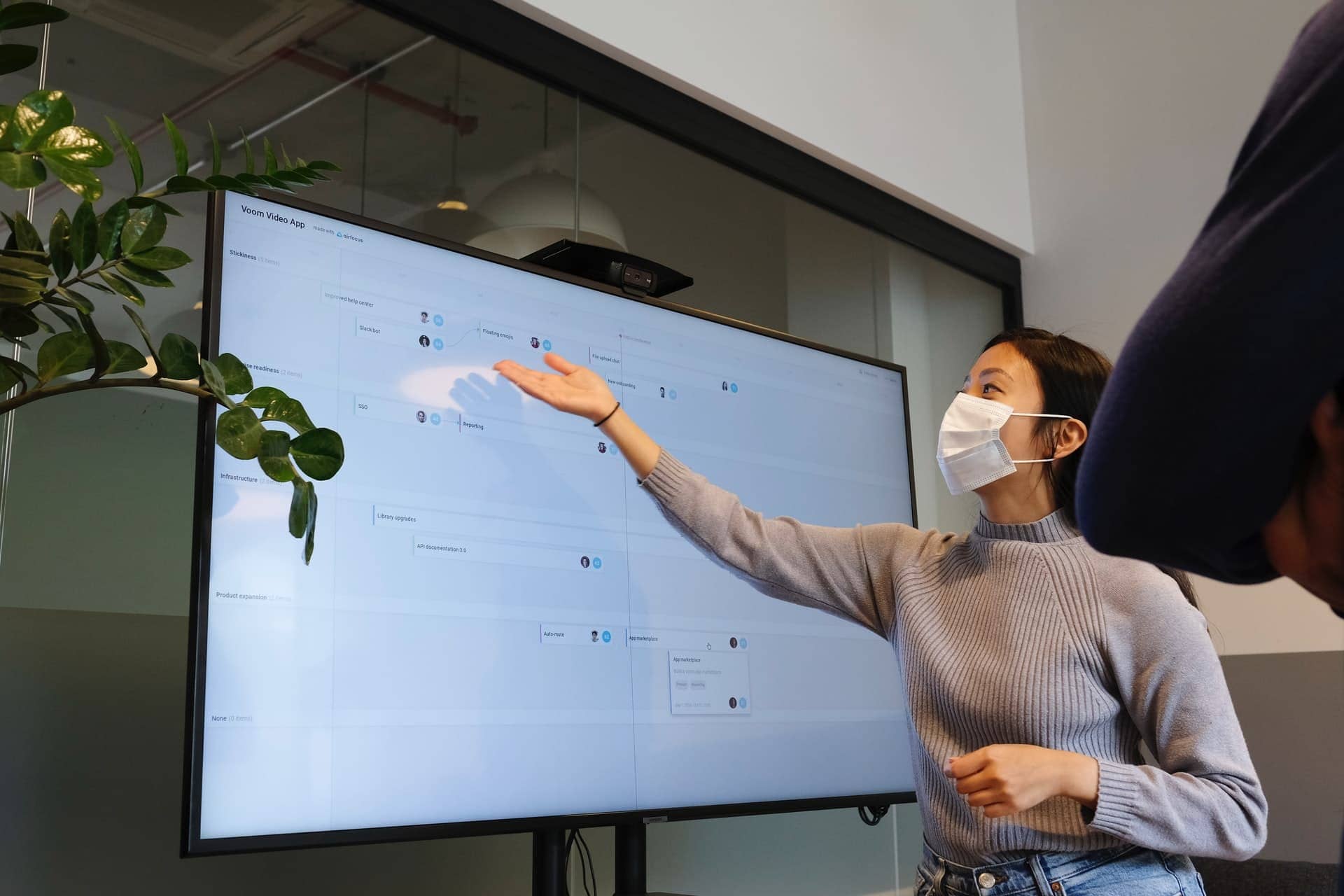Crisis has always been a catalyst for change, and the global response to the COVID-19 outbreak and subsequent variants has triggered innovative advances in building design and technology to address the ongoing pandemic health threat. The resulting greater demand for improved office buildings within the commercial real estate industry centers on air and water quality, lighting, building hygiene, and more.
Office Wellness Before & After COVID-19
It’s natural to look forward to safer, more carefree times in our offices and other common places, but there are lessons to heed from the past.
During tuberculosis outbreaks, patients were quarantined together so they could be treated in one central place, but also so they were less likely to spread the infectious bacterial disease to their families and communities. It was not until the triple drug therapy breakthrough in the 1950s that an objective treatment regime shattered the direct association between architectural design, treatment and physical recovery.
The World Health Organization (WHO) defines a healthy building as a space that supports the physical, psychological, and social health and well-being of people. Environmental impact and sustainability (or resource efficiency) are important and get a lot of attention, but the contemporary buildings must also promote and maintain health (life) and wellness (lifestyle), as well as the human experience.
Property owners and managers have been incorporating health and wellness features into buildings for years, but COVID-19 has helped accelerate this trend and brought positive changes to the industry. A global survey of owners and investors found that 87 percent have seen increased demand for healthy buildings over the past 12 to 24 months and 92 percent of the respondents expect that to grow over the next three years.
Healthy Appetite for Office Space
The year before the pandemic, PwC and the Urban Land Institute focused on the amenity war in their annual look at “Emerging Trends in Real Estate.” Owners and developers have been competing to provide bigger and better amenity packages for tenants that include many health and wellness components.
Most office owners have made major adjustments, first to modify and upgrade their properties and then to elevate their appeal to health-conscious tenants. Many occupants want healthier building features, such as enhanced ventilation, access to natural features, improved indoor lighting conditions and natural light, greater thermal comfort, and a layout conducive to physical activity.
COVID-19’s quick and comprehensive effect on the business world had some people doubting the future of office work as a whole, but the property type is here to stay. According to Gensler’s Work from Home Survey, only 12 percent of U.S. workers want to work from home full-time, and 74 percent miss the collaboration that happens in the office. Additionally, the office market continues to show positive signs: Colliers reports that 56 percent of U.S. office markets saw positive absorption in third quarter 2021, up from one-third of office markets in the second quarter.
To Your Health and the Future
Office leaders are answering the challenge, with strengthened cleaning protocols and technologies, including anti-microbial filtration and lighting systems. KBS has upgraded many of its HEPA air filters to MERV-13 to block 98 percent of pollutants in many of its buildings from the air and capture viruses, bacteria, pollen, fine dust and more. It also has taken steps to maximize air flow into many buildings, as well as exhaust leaving the structure. In many circumstances, fan schedules have been modified to allow for a “purge sequence” during non-business hours.
KBS is close to completing the verification of nearly 15 million square feet of Class A office space to achieve the UL Verified Healthy Building Mark for Indoor Air. Based on indoor air quality, water quality, building hygiene, lighting and acoustics, the program demonstrates that a building owner, manager or corporation is committed to office space that supports occupant health, well-being and comfort.
The drive to elevate the health and wellness components of office real estate is not just for the present pandemic, but also to prepare for any virus or infectious disease on the horizon. Future investments may include enhanced monitoring and reporting of air quality, and as mentioned above, higher levels of filtration, new cleaning and sanitation protocols, renewable power generation, and enhanced energy efficiency should continue to be important.
Healthier office buildings are rising to the challenge to meet the stringent safety standards of occupants.
Learn about Wellness Certifications here.




